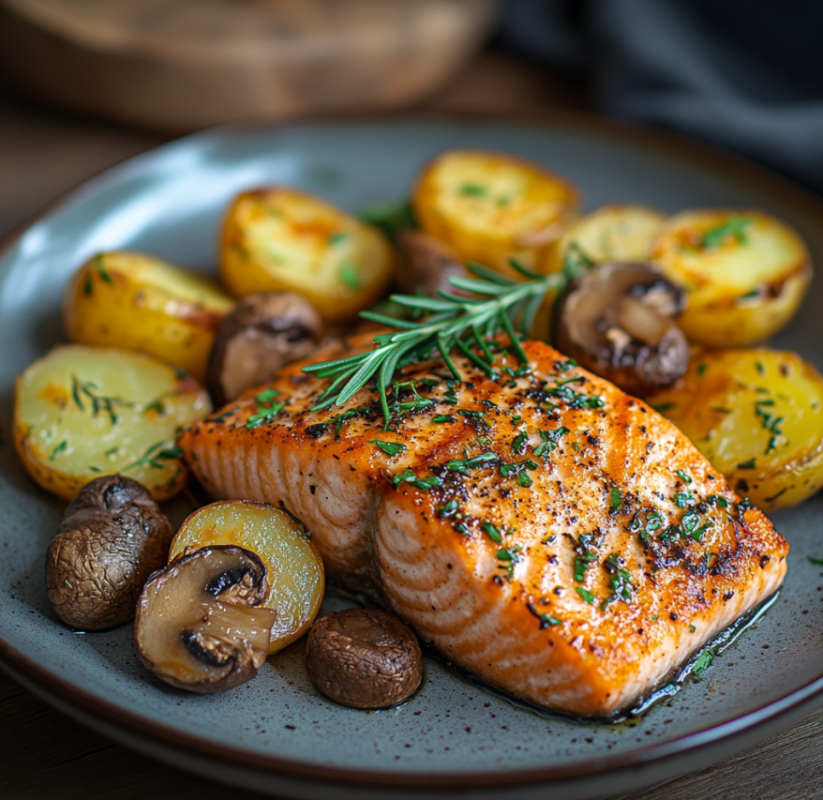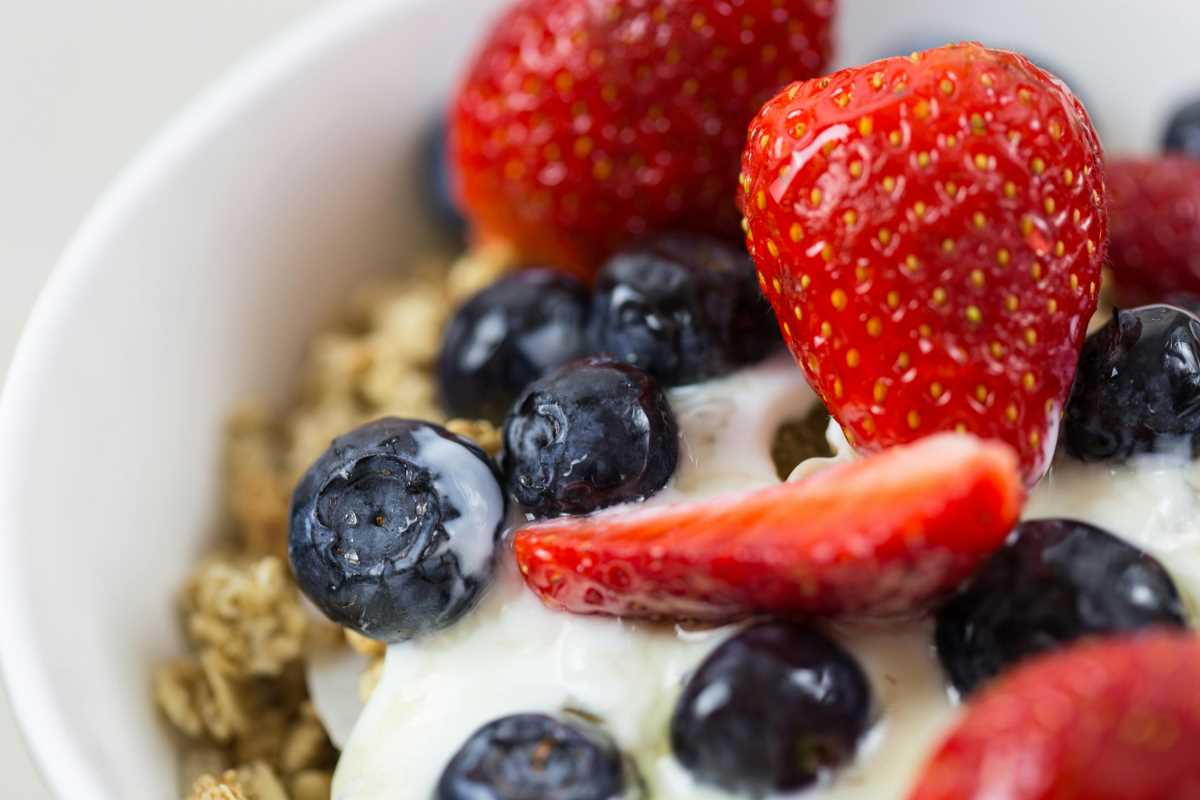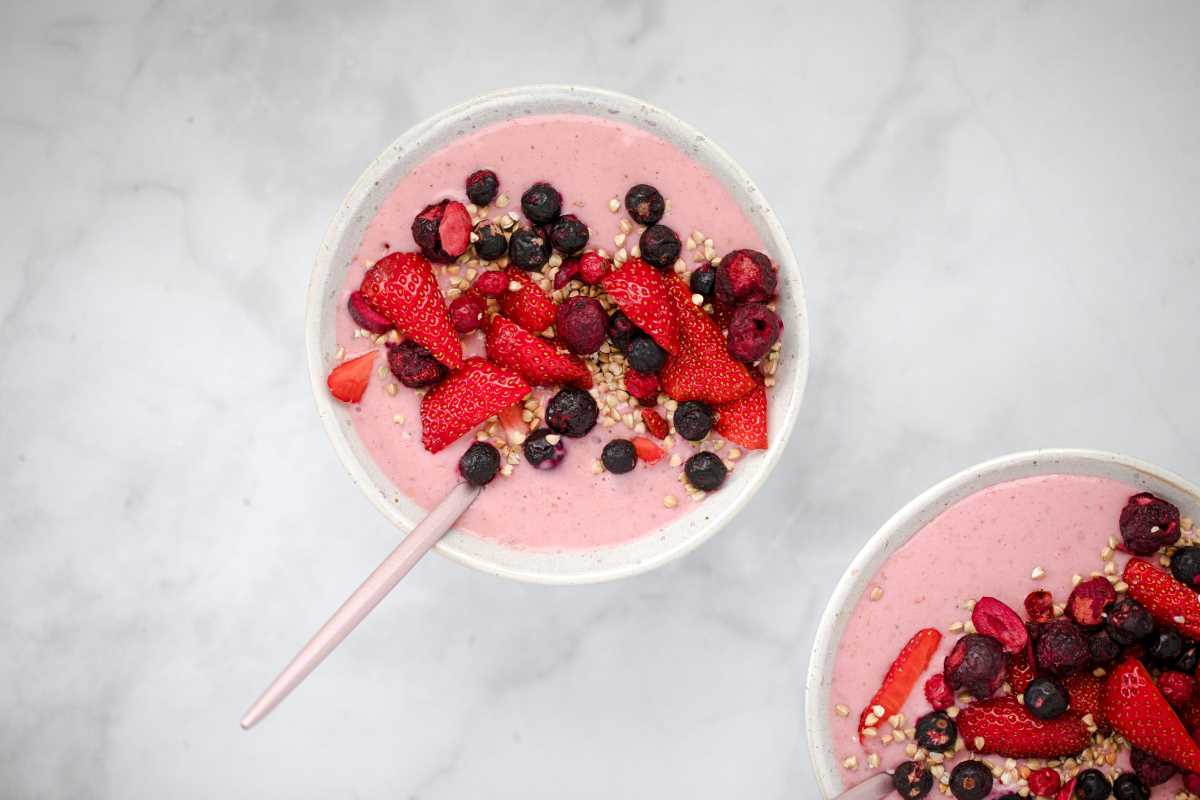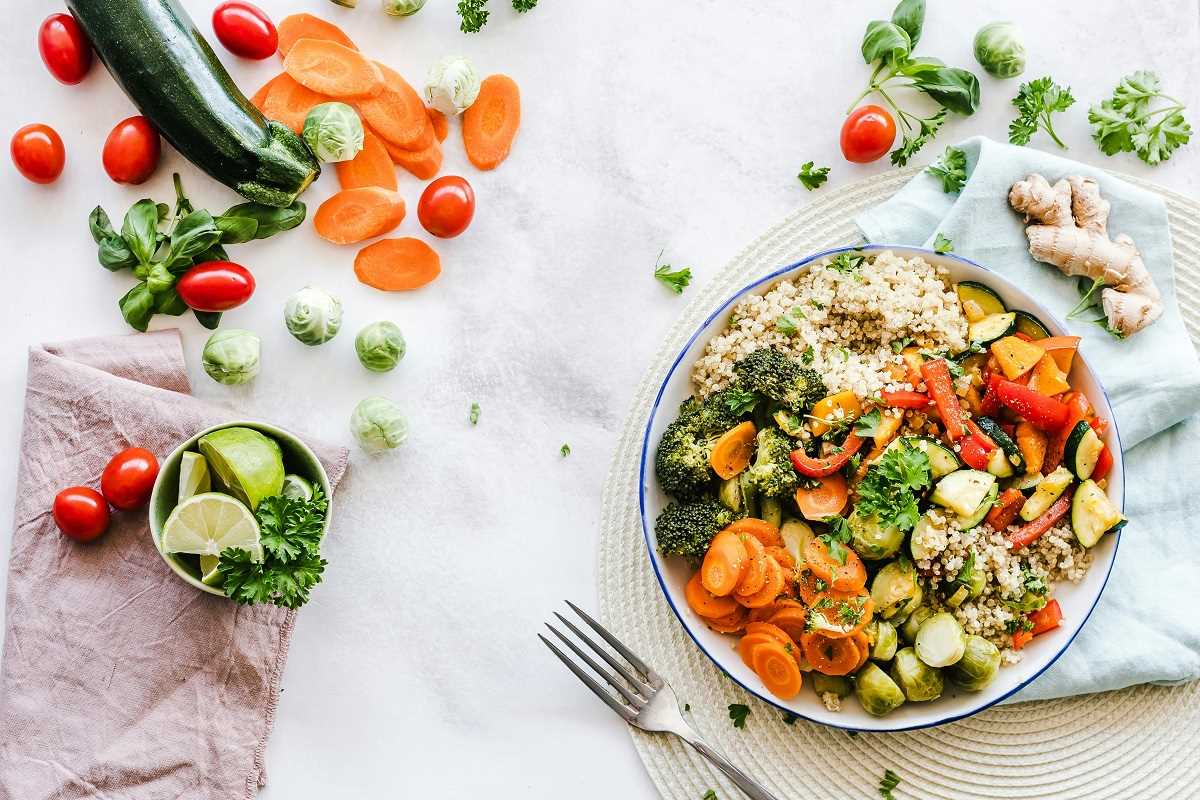Digestive discomfort is something many people experience at some point. For some, it’s a fleeting nuisance; for others, it can feel like an uphill battle. If you’ve struggled with bloating, gas, or other uncomfortable symptoms after meals, the low-FODMAP diet might be worth exploring. While the term itself might sound complicated, it’s actually quite straightforward once you break it down. Today, we’ll help you better understand this approach to eating and even share a few tasty recipes to make your meals tummy-friendly.
What Does Low-FODMAP Even Mean?
“Low-FODMAP” isn’t just dietary jargon; it’s a scientifically-backed approach to managing certain digestive issues, particularly those often associated with Irritable Bowel Syndrome (IBS).
FODMAP is short for Fermentable Oligosaccharides, Disaccharides, Monosaccharides, And Polyols. Sounds like a mouthful, doesn’t it? Essentially, these are types of carbohydrates (or sugars) found in certain foods. For people with sensitive digestive systems, FODMAPs can be difficult to break down, causing them to ferment in the gut. This fermentation process can lead to symptoms like bloating, gas, cramps, and even diarrhea.
By lowering your intake of high-FODMAP foods, you give your digestive system a break and can often relieve discomfort. Think of it as reducing the “traffic jam” in your gut.
Who Can Benefit from a Low-FODMAP Diet?
This diet is primarily recommended for people with IBS or other digestive issues. If you often feel like no matter what you eat, your stomach fights back, the low-FODMAP diet could be a game-changer. However, it isn’t typically necessary for people who don’t experience digestive discomfort. Always consult a doctor or dietitian before making major changes to what you eat. Professionals can guide you through the process safely and help ensure your body is getting the nutrients it needs.
The Basics of Low-FODMAP Foods
One of the keys to easing into this diet is understanding which foods to enjoy and which to limit. Fortunately, the “safe” or low-FODMAP list is longer than you might expect. Here’s a simple breakdown:
Foods to Avoid (High in FODMAPs)
- Fruits: Apples, pears, mangoes, cherries, and watermelon
- Vegetables: Onions, garlic, cauliflower, Brussels sprouts, and asparagus
- Meats/Protein Sources: Processed meats with added high-FODMAP ingredients, certain legumes like lentils and chickpeas
- Grains: Rye, wheat, and barley (when eaten in large quantities)
- Dairy: Milk, soft cheeses, yogurt (due to lactose)
Foods to Enjoy (Low in FODMAPs)
- Fruits: Bananas, oranges, strawberries, blueberries, and kiwis
- Vegetables: Bell peppers, cucumbers, spinach, zucchini, and green beans
- Meats/Protein Sources: Fresh meats, eggs, firm tofu, and fish
- Grains: Gluten-free options like quinoa, rice, and oats
- Dairy Alternatives: Almond milk, lactose-free products, and hard cheeses like Parmesan or Swiss
Notice a trend? Many FODMAP-rich foods, like onions or apples, are healthy in general but may not agree with certain digestive systems. The good news is that there are plenty of flavorful alternatives to keep things interesting in the kitchen.
How to Transition to a Low-FODMAP Diet
Switching to a low-FODMAP lifestyle doesn’t have to feel overwhelming. Taking it step by step can make all the difference:
Step 1: Elimination Phase
This is where you temporarily cut out known high-FODMAP foods. Don’t worry, you won’t give them up forever! This phase is designed to help you pinpoint the foods that trigger your symptoms. It typically lasts 4–6 weeks.
Step 2: Reintroduction Phase
Once your symptoms improve, it’s time to reintroduce high-FODMAP foods one at a time. Doing this slowly and methodically helps identify which foods cause issues and which ones you can tolerate.
Step 3: Personalization
After testing, you’ll have a clearer picture of what works for your body. From here, you can create a personalized eating plan that limits trigger foods but is flexible and enjoyable overall.
Working with a dietitian during this process can be helpful, as they’ll track your progress and keep an eye on your overall nutrition.
Tummy-Friendly Recipes to Try
Now that you know what a low-FODMAP diet looks like, it’s time to roll up your sleeves and get cooking! These recipes are easy to make, gentle on digestion, and full of flavor.
Low-FODMAP Banana Pancakes
Perfect for a comforting start to your morning.
Ingredients:
- 1 ripe banana (medium-sized)
- 2 eggs
- ½ teaspoon cinnamon (optional)
- Maple syrup and lactose-free Greek yogurt (for topping)
Instructions:
- Mash the banana in a bowl until smooth.
- Whisk in the eggs and cinnamon until the mixture is well-combined.
- Heat a non-stick pan over medium heat. Pour in small rounds of batter to form pancakes. Cook for 1–2 minutes on each side, or until golden brown.
- Serve warm with a drizzle of maple syrup and a dollop of lactose-free Greek yogurt.
Herb-Infused Grilled Chicken
A protein-packed meal perfect for lunch or dinner.
Ingredients:
- 2 boneless, skinless chicken breasts
- 2 tablespoons olive oil
- 1 tablespoon fresh parsley (chopped)
- 1 teaspoon dried oregano
- 1 tablespoon lemon juice
- Salt and pepper to taste
Instructions:
- Preheat your grill or stovetop pan to medium-high heat.
- Rub the chicken breasts with olive oil, parsley, oregano, lemon juice, salt, and pepper.
- Grill for 5–6 minutes on each side until cooked through.
- Serve alongside a simple salad with cucumber, spinach, and a splash of olive oil.
DIY Low-FODMAP Trail Mix
A handy snack to keep on hand for busy days.
Ingredients:
- ½ cup unsalted macadamia nuts
- ½ cup pecans
- ¼ cup sunflower seeds
- ¼ cup dried cranberries (check the label for no added high-FODMAP ingredients)
- ½ cup dark chocolate chips
Instructions:
- Toss all the ingredients together in a bowl.
- Store in an airtight container. Enjoy it as a quick snack when hunger strikes!
Tips for Long-Term Success
Changing your eating habits is no small feat, but with the right mindset and tools, it’s entirely possible. Here are a few tips to help make your low-FODMAP diet sustainable:
- Plan Meals Ahead: Knowing what you’re going to eat eliminates the temptation to grab high-FODMAP options on the go.
- Stock Your Pantry: Keep low-FODMAP staples like rice, quinoa, and lactose-free milk in stock so you’re always prepared.
- Explore Recipe Ideas: Experimenting in the kitchen can make your meals exciting rather than repetitive.
- Listen to Your Body: If you notice improvement, take note. Learning what works for your body is key!
For many, the low-FODMAP diet can feel like a breath of fresh air (or relief in this case!). It’s not about restricting yourself endlessly, but rather discovering which foods nurture your unique system. By understanding how different foods affect your digestion and indulging in delicious low-FODMAP recipes, you’ll be well on your way to enjoying meals without worry.
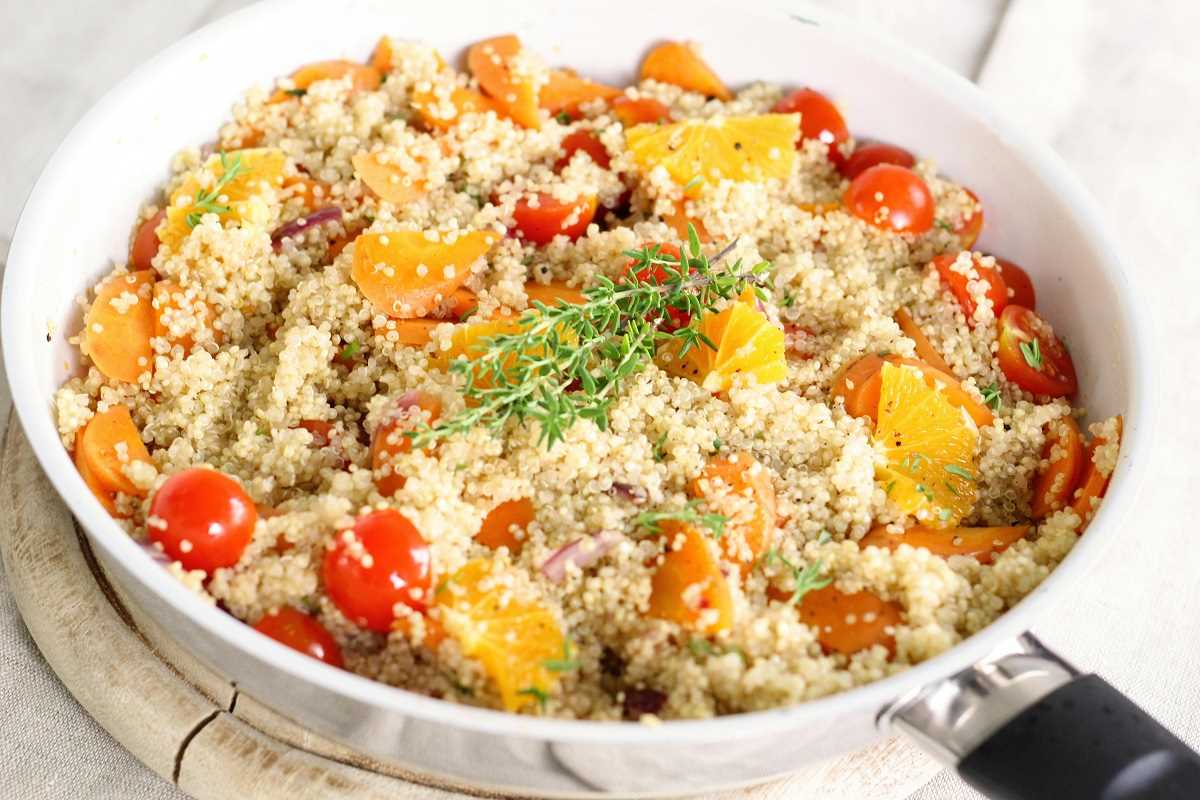 (Image via
(Image via
